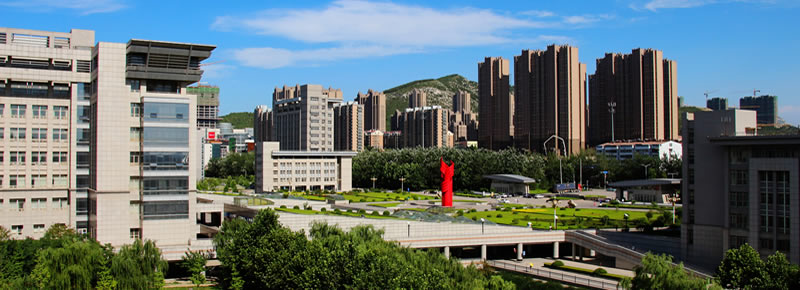Abstract
Exposed aggregate concrete (EAC) pavement technology is used in Poland for construction of major highways and expressways. When properly executed, it is an efficient technique to provide desired friction for skid resistance without compromising the noise limitations. Concrete mix uniformity, proper dosing of retarding agent and optimal time to brush with a mechanical broom are supposed to have a major impact on the properties of the upper pavement layer. An experimental investigation was performed on exposed aggregate concrete specimens manufactured in the laboratory in a way to simulate the industrial production of two-layer concrete slab with exposed aggregate. The texture depth was determined using a laser profiler. The compressive strength of concrete, the water absorption rate, and permeability of chloride ions through concrete were also determined. The freeze-thaw resistance and surface scaling resistance were tested and analyzed with respect to air void characteristics. Results revealed an increase in surface scaling for EAC slabs with higher w/c ratio and slabs simulating local bleeding. The most efficient method to determine indirectly the durability of EAC slabs was the set of permeability tests comprised of measurements of chloride migration and rate of water absorption. The change of macrotexture depth with increase of w/c ratio and retarding admixture type was found.
Keywords
highway pavement, exposed aggregate concrete, surface retarder, durability, concrete preparation parameter, water absorption, chloride migration, surface scaling, macrotexture
Location
University of Leeds
Recommended Citation
Dąbrowski, Mariusz; Glinicki, Miachał Antoni; Gibas, Karolina; Antolik, Aneta; and Dziedzic, Kinga, "Influence of Surface Retarders on Texture Profile and Durability of Upper Layer of Exposed Aggregate Concrete Pavement" (2019). International Conference on Durability of Concrete Structures. 16.
https://docs.lib.purdue.edu/icdcs/2018/pse/16
Correction after review
Included in
Influence of Surface Retarders on Texture Profile and Durability of Upper Layer of Exposed Aggregate Concrete Pavement
University of Leeds
Exposed aggregate concrete (EAC) pavement technology is used in Poland for construction of major highways and expressways. When properly executed, it is an efficient technique to provide desired friction for skid resistance without compromising the noise limitations. Concrete mix uniformity, proper dosing of retarding agent and optimal time to brush with a mechanical broom are supposed to have a major impact on the properties of the upper pavement layer. An experimental investigation was performed on exposed aggregate concrete specimens manufactured in the laboratory in a way to simulate the industrial production of two-layer concrete slab with exposed aggregate. The texture depth was determined using a laser profiler. The compressive strength of concrete, the water absorption rate, and permeability of chloride ions through concrete were also determined. The freeze-thaw resistance and surface scaling resistance were tested and analyzed with respect to air void characteristics. Results revealed an increase in surface scaling for EAC slabs with higher w/c ratio and slabs simulating local bleeding. The most efficient method to determine indirectly the durability of EAC slabs was the set of permeability tests comprised of measurements of chloride migration and rate of water absorption. The change of macrotexture depth with increase of w/c ratio and retarding admixture type was found.





